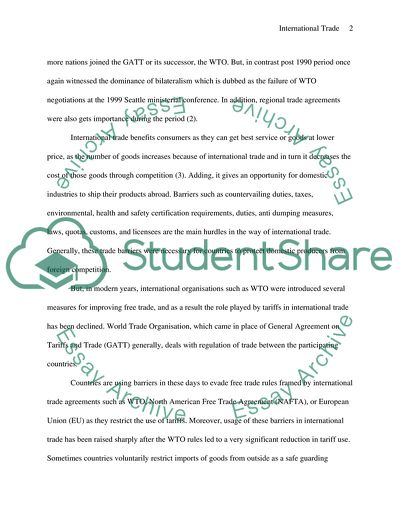Cite this document
(An African Perspective of Challenges for Customs Policies Dissertation - 1, n.d.)
An African Perspective of Challenges for Customs Policies Dissertation - 1. Retrieved from https://studentshare.org/social-science/1749726-international-trade
An African Perspective of Challenges for Customs Policies Dissertation - 1. Retrieved from https://studentshare.org/social-science/1749726-international-trade
(An African Perspective of Challenges for Customs Policies Dissertation - 1)
An African Perspective of Challenges for Customs Policies Dissertation - 1. https://studentshare.org/social-science/1749726-international-trade.
An African Perspective of Challenges for Customs Policies Dissertation - 1. https://studentshare.org/social-science/1749726-international-trade.
“An African Perspective of Challenges for Customs Policies Dissertation - 1”, n.d. https://studentshare.org/social-science/1749726-international-trade.


